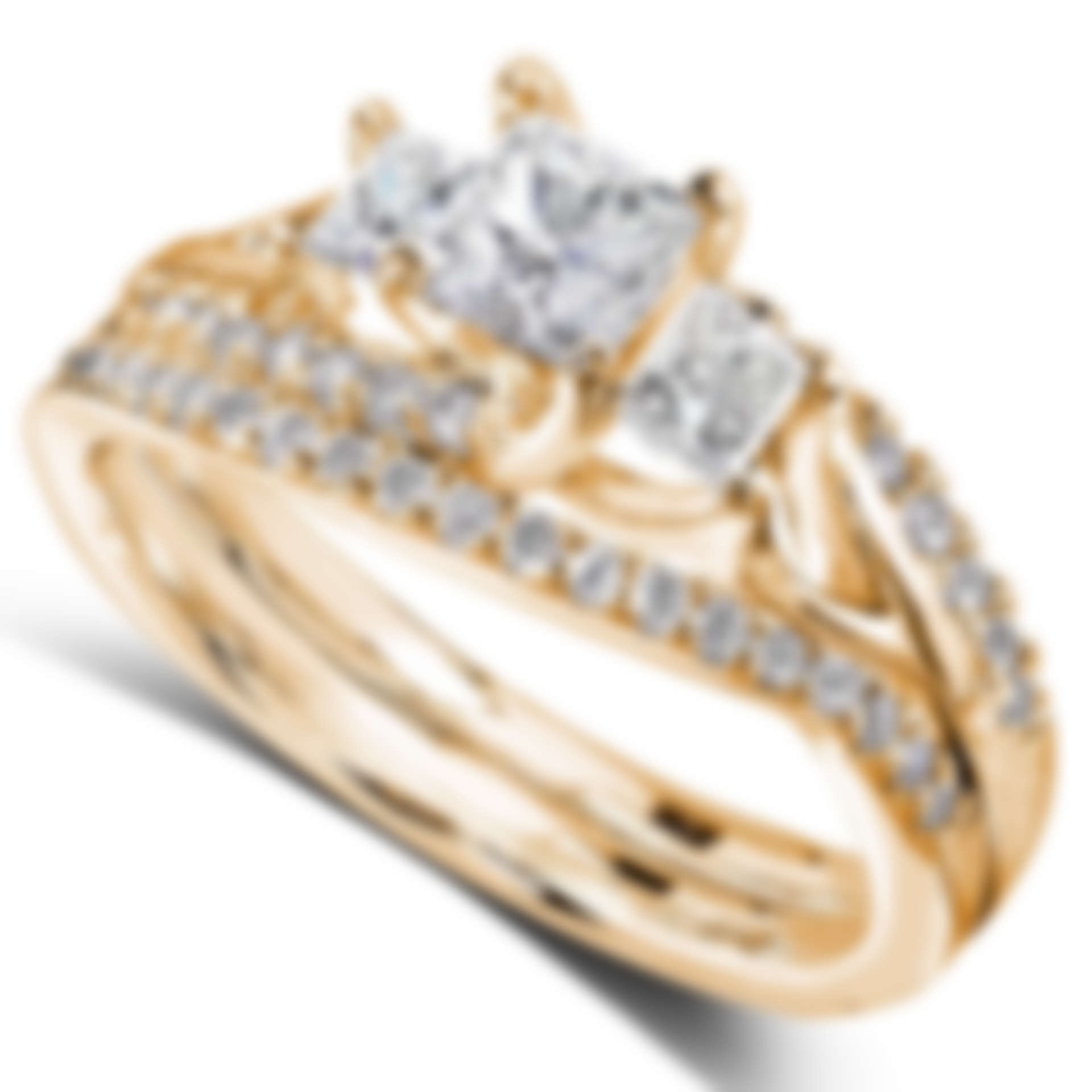Image Format
Were you ever curious, when wearing your cute earrings, as to where did they actually originate from, historically speaking? The truth is that starting with at least the Phoenicians…Well, let’s just start this one by saying that the never before in the History of mankind did the average citizen have such a diverse range of gemstones to choose from. This effectively means that the longer the list of publicly-available gemstones is, the more confused the average buyer will eventually get. Just think about this way – should you be faced with a choice of hundreds of muffins to buy for a lunch, would it be easy to eventually decide on the matter without all the info you may not be aware of?
So, we guess now, after we’ve narrowed the range – naming a few of our best options will be a well-fitting idea. African Jade; Chrome Tourmaline; Kingman Turquoise; Rose Quartz; Agate; Chrysoberyl Cat’s Eye; Kinradite; Rosinca; Agate Geode; Chrysolite; Korean Jade; Rosolite; Agate Jasper; Chrysomelanite; Kunzite; Rubellite; Akoya Pearl; Chrysopal; Laguna Agate; Rubicelle and the Alabandine Ruby are among the few most notable ones.

Essentially, at the end of the shopping day, the choice will be almost certainly narrowed down to just two of these factors – namely the price and the looks. Choosing the shape, the color, and the price which are all 3 intact both with your heart’s desires and your fiscal options is definitely kind of hard to achieve. Still, with the help of some good jewelry consultant, the chances are you will be able to make a pick and soonwards sport the look on you!
So, to get more to the point with our guide on choosing a jewel to fit your jewelry piece like a ring, brooch or anything else, let’s see which features are fit for what. The truth is that the factors come in four, those being: the Durability and Wearability of the stone (like is it too fragile to wear or not); the Affordability of it price-wise (diamonds VS sapphires); the versatility (meaning the range of colors available) and then the availability factor (which means how rare the stone is on the common, publicly traded market).


